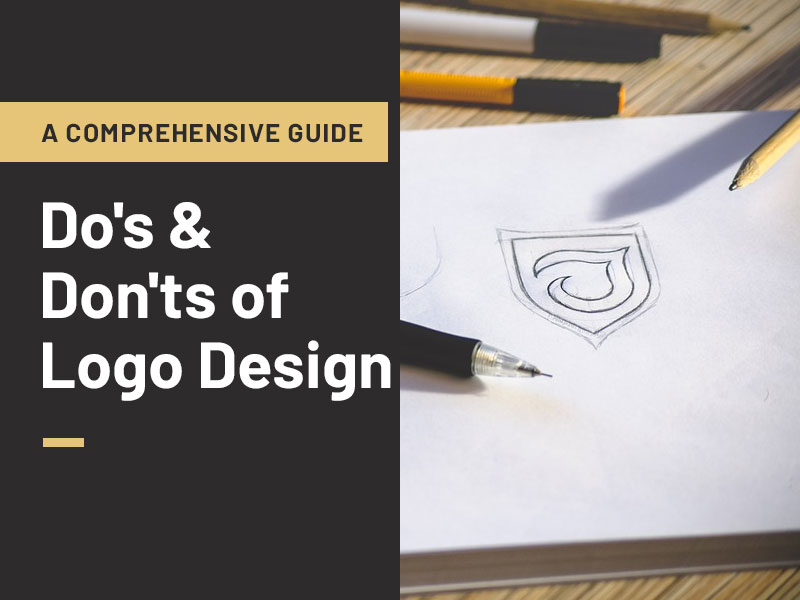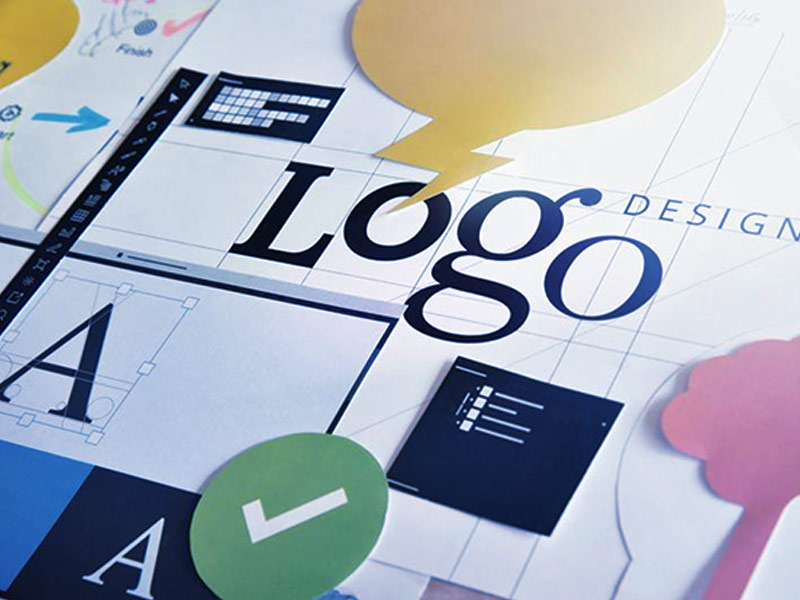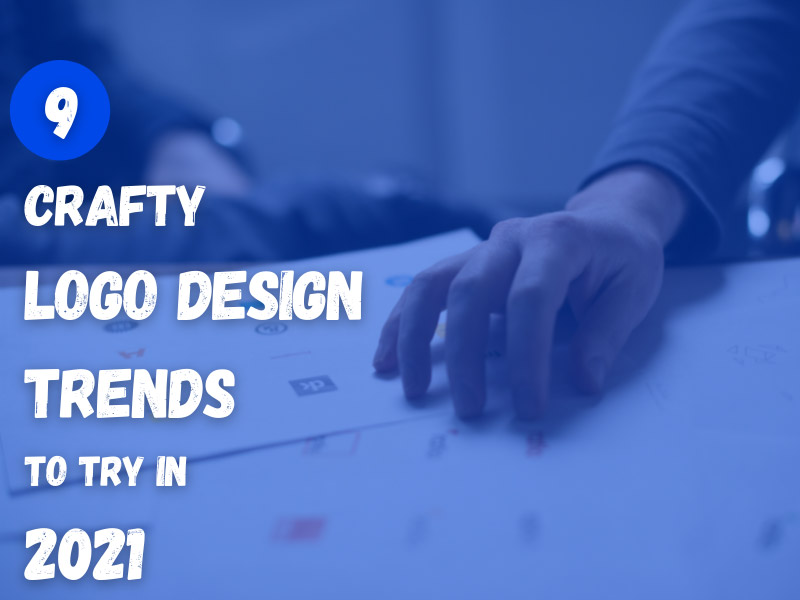Logo design is a crucial part of building brand recognition and creating a lasting impression on your customers. However, designing a logo isn’t just about picking attractive colors or trendy fonts. It takes careful thought and planning to create a logo that truly resonates with your target audience. An impressionable logo builds trust between your brand and consumers. This article details the do’s and don’ts of logo design to help you create a logo that stands out.
Do’s for a Good Logo Design
Research and Define Your Audience
You want your logo to appeal to your target audience and communicate the right message. If you’re designing a logo for a children’s toy company, you may want to use bright colors and playful fonts to appeal to kids.
Consider the demographics of your audience, such as age, gender, and location. For instance, If you’re designing a logo for a law firm, you may want to use professional fonts to appeal to a more mature audience. If your target audience are primarily millennials, you may want to use a more modern design that reflects their preferences. By researching and defining your audience, you can create a logo that speaks directly to them and sets your brand apart from the competition.
Choose Your Font Wisely
Choosing the right font can greatly affect how your brand is perceived by your audience. Different fonts convey different emotions and personalities, so choose a font that aligns with your brand’s values and message.
Your logo should be easily readable in different sizes and on various mediums, such as business cards or billboards. Choosing a font that is too difficult to read can detract from the effectiveness of your logo.
Scale Up Your Logo
When designing a logo, consider how it will appear. Your logo should be scalable, meaning it can be resized without losing its quality or legibility. For instance, if you plan to use your logo on a billboard, it needs to be large enough to be seen from a distance, and still maintain its clarity.
Your logo should be recognizable and convey its message, even without color. By scaling up your logo, you can ensure it maintains its quality and effectively communicates your brand to your customers. A well-designed logo can make or break your business. You may consider consulting The Printed Image to design a professional logo for you that fits your business’s needs.
Use Color Theory
Color plays a vital role in logo design, as it can evoke emotions and convey a brand’s personality. Color theory is the study of how different colors interact and can be used together effectively.
When designing a logo, choose colors that reflect your brand’s values. For example, blue is often associated with trust and reliability, making it a suitable choice for banks and financial institutions. Consider how different colors will appear on different mediums, such as on a website versus a printed brochure. Choose colors that are visually appealing and don’t clash with one another.
Don’ts for a Good Logo Design
Too Much Detail
When designing a logo, keep in mind that simplicity is key. A too-detailed or complicated logo can be overwhelming and difficult to read or recognize. For example, the Nike shoes logo is a simple, yet effective design that is instantly recognizable worldwide. A complex logo may look great on a large billboard, but lose its effectiveness when scaled down for a business card or website icon.
Don’t Use Imagery to Replace Text
While images can be an efficient tool in logo design, do not rely on them to replace text. A logo should communicate the brand’s message and be easily recognizable, even without accompanying text.
A logo that relies solely on imagery may be confusing or difficult to understand, especially for those unfamiliar with the brand. Using imagery instead of text can limit the versatility of the logo, as it may not be easily resized or appear effectively in black and white or grayscale. By avoiding the temptation to replace text with imagery, you can create a logo that effectively communicates your brand and stands the test of time.
Don’t Crowdsource Your Design
Crowdsourcing, or outsourcing logo design to a group of designers can seem like an appealing option due to its low cost and high quantity of options. However, this method can lead to a lack of quality control and result in a generic design that fails to effectively communicate the brand’s message.
Crowdsourcing can result in legal issues, such as copyright infringement or plagiarism. By hiring a professional designer or design team, you can ensure that your logo is unique, communicates your brand to your clients, and is legally protected. A professional designer can also provide valuable insights and expertise in logo design, resulting in a more effective and impactful design for your brand.
Endnote
Creating an effective logo for your brand is a critical part of establishing a strong identity and standing out in a crowded market. By following these tips for logo design discussed above, you can create a logo that effectively communicates your values, and personality to your target audience. With careful consideration and attention to detail, your logo can become an enduring symbol of your brand’s identity and success.







